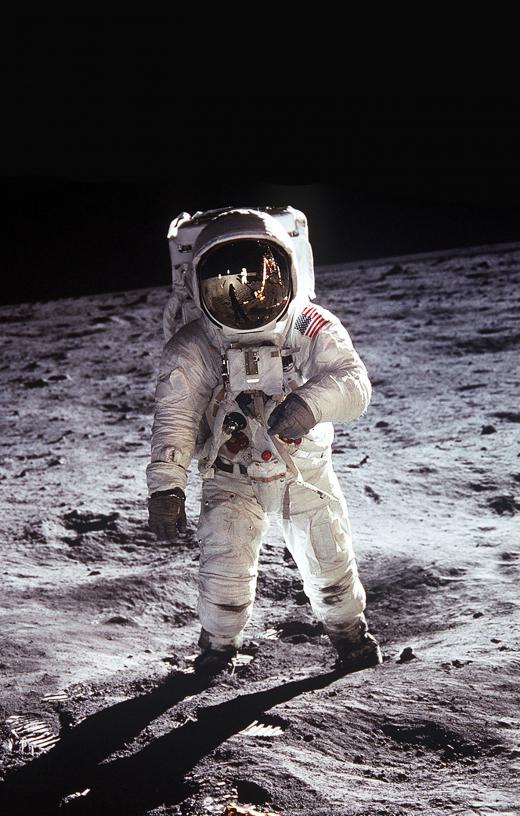What is the Aerospace Industry?
The aerospace industry is a global aggregate of public institutions and private corporations focused on research, technology, and manufacturing of products related to flight, atmospheric and beyond. Although a relatively new industry, its scope in national defense, communications, and commercial air travel made the aerospace industry one of the defining enterprises of the 20th century, and it promises to be at least as important in the future. Aerospace industry jobs range from assembly line workers to physicists. Aerospace industries provide the economic core for entire cities.
From its modest beginning in 1908, when the United States military awarded a contract for one airplane to the Wright Brothers, to lucrative defense contracts during a sequence of international wars, the aerospace industry was driven by defense concerns for much of the early and middle 20th century. Commercial aviation derived much of its equipment and technology from wartime industrial development. Bombers and military cargo airplanes were converted to civilian use, and veterans of military aviation became pilots in civilian aviation.

In 1957, with the Soviet Union's successful launch of Sputnik, the first man-made satellite to orbit Earth, the aerospace industries redirected their attention to space flight. The space race became a major component of the Cold War, and industrialized countries, especially the Soviet Union and the United States, poured resources into space travel and weaponry such as intercontinental ballistic missiles (ICBM). Moon landings, interplanetary exploration, and manned orbital satellites became realities, and the scope of the aerospace industry grew.

Since the end of the Cold War, the aerospace industry has changed. Military contracts remain a large part of the economic drive for aerospace, but global communication links have assumed a major role in the industry and communication satellites provide a global network for reliable communication. Commercial and corporate aircraft are now a significant portion of product development for corporations that were once exclusively military vendors.

In the early years of the 21st century, the aerospace industry became increasingly global. Shared government programs such as the international space station meant a more efficient use of technology and resources. Corporations merged and evolved a reduced national identity as military technology receded from its previously dominant role.
The Aerospace Industries Association counts among its members a list of corporations, many of them multinational, from nearly every area of technological development, including space travel, aviation, and communication. Aerospace industry standards drive research and development grants and programs at major colleges and universities. Aerospace industry jobs are available in every industrialized country, and training is available for potential aerospace workers at every level from community colleges, technical schools, major universities, and specialized corporate training programs.
AS FEATURED ON:
AS FEATURED ON:



















Discuss this Article
Post your comments